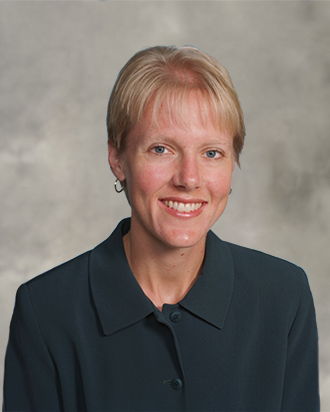Diabetes diagnosis? Take time to learn
An estimated 1.4 million new cases of diabetes are diagnosed in the United States annually, according to Healthline. With such staggering statistics, the importance of spreading awareness can help individuals with diabetes live full and productive lives, and in some cases, can help to prevent the onset of diabetes altogether. Here to provide a wealth of information on the topic is Pacific Medical Centers’ Internist and Diabetes Champion Lisa Oswald, MD, whose insight provides perspective on diabetic symptoms, care techniques, and the differences of Type I and Type II diabetes.
Please explain the primary differences between Type I and Type II diabetes for our readers. What are the main causes of each?
Type 1 diabetes (five percent of patients) has onset in childhood or sometime in early-mid adulthood. It is caused by a loss of the insulin-producing part of the pancreas. It may be caused by the body attacking itself or may have other causes.
Type 2 diabetes (90-95 percent of patients with diabetes have this type) is caused by the body not being able to use the insulin that our body produces very well (this is called “insulin resistance”). Eventually, there may be a lack of insulin, but normally there is plenty of naturally produced insulin that the body just can’t use properly. The causes are complicated, but genetics, being overweight, poor diet, and sometimes medications or medical conditions can all be factors of developing Type 2 diabetes.
What are some early signs and symptoms that may be indicators of diabetes?
Signs and symptoms of diabetes may include excessive thirst or urination; blurry vision; tingling in toes and/or fingers, usually of both sides; unexplained weight loss (especially in Type 1); and unexplained abdominal pain.
What advice can you offer individuals with diabetes to live the healthiest and happiest life possible?
My advice to those who are living with diabetes is to try and educate yourself as much as possible. Diabetes is a complicated and lifelong disease and you must be aware of many aspects of it. This can include talking to family/friends, taking classes (PacMed offers a series of three classes every month), reading about the topic, talking to your primary care doctor and nurse and certified diabetes educators. Additionally, you should have support to get you through this. This can include supportive people in your life, online group, medical team, etc. Lastly, it helps to know about your insurance. Sometimes diabetes medications are expensive, but you should know your options. Be sure to ask your pharmacist or primary care provider about the cost of different medications and if there are cheaper alternatives.
Military personnel are constantly on the go. What are the best practices for diabetics who are very busy?
My advice to military personnel would be to explain your average day to your primary care team and diabetes educator — be realistic about schedules for eating and taking medications. I also encourage making plans with your primary care team for days that you cannot eat for long periods or take medications at the proper time, as this will happen on occasion.
Is there anything else you would like readers to know about diabetic health and wellness?
Additional health and wellness tips I have for those who have diabetes are centered around routine lifestyle changes. Schedule a routine hour or two per week to prepare food and snacks for the upcoming week that you can grab and take with you — it doesn’t have to be perfect! Exercise is also important, so try to make time in your day to be active. This can include short bursts of activity, such as walking, taking the stairs, dancing, playing with children, etc.
Lisa Oswald, MD works on the Internal Medicine team at Pacific Medical Centers. She is an internist and focuses on diabetes with her patients at the Beacon Hill clinic. Her medical interest is within geriatrics, end-of-life care and cross-cultural medicine. In her spare time, you can find her rowing, traveling and spending time with her family. She has been named one of Seattle’s best doctors by her peers for the last five years.



